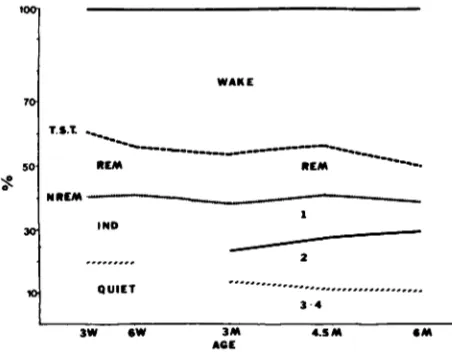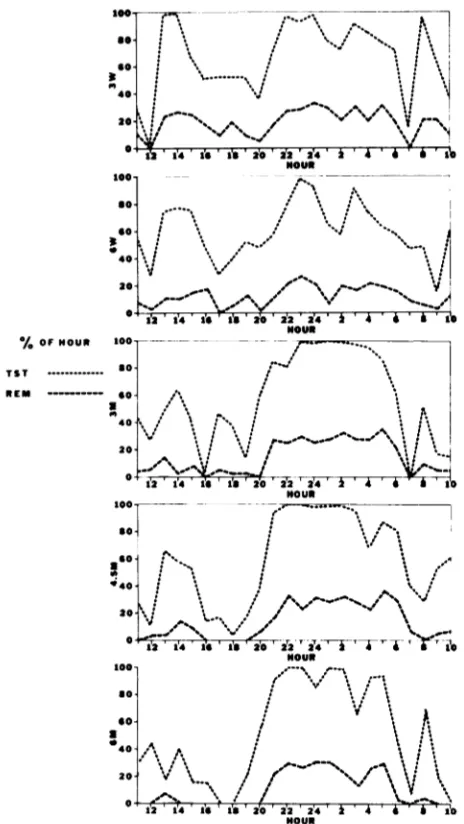Development of Sleep-Wake Patterns and Non-rapid Eye Movement Sleep Stages during the First Six Months of Life in Normal Infants
Full text
Figure



Related documents
We have presented measurements of the attenuation constant of commonly used, com- mercially available low-loss coaxial cables and rectangular waveguides down to millikelvin
Two of these studies are based on published software product line case studies, for the other two we analyze the practices in two large and successful open source projects based
To further study the impact of motor vehicle insurance in Florida, a task force was created to (1) examine the affordability and availability of motor vehicle
The purpose of this paper therefore is to clearly spell out the role of the public libraries in the control of the spread of HIV/AIDS among women in Nigeria through
morning, on her way to class, she sees her friend Johann walking ahead of her.. She shouts and runs to catch up
DT-HSJCC is comprised of representatives from mental health, addictions, harm reduction, criminal justice and related service sector member organizations, people with lived
17 cialis mixed viagra 18 viagra ceny w polsce.. 19 viagra on wedding night peak national professional pharmacy. organisation representing Australia’s 28,000
The perusal of Table 4 further revealed that the difference of technical efficiency of adopters over non- adopters in wheat cultivation was highest in water-use (17.96 %) followed